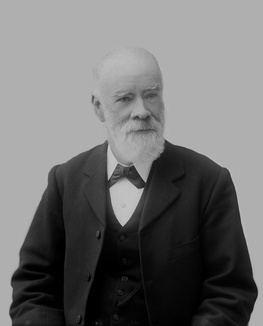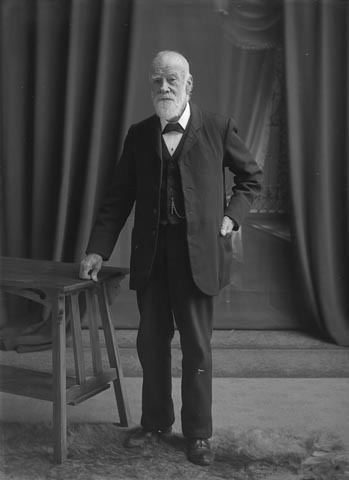Nationality New Zealander Occupation Businessman | Name Thomas Cawthron Died October 8, 1915 | |
 | ||
Known for Businessman, Philanthropist | ||
Thomas Cawthron (25 May 1833 – 8 October 1915) was a New Zealand businessman and philanthropist responsible for the establishment of the Cawthron research institute.

Thomas Cawthron was born at Newington, Surrey, on 25 May 1833 and was 15 years old when his parents and family set out for Nelson, New Zealand, in the sailing ship Mary. He worked in Wellington, then followed the gold miners to Australia, spending several years as a contractor for miscellaneous goods on the goldfields of Bendigo and Ballarat.
Returning to Nelson in the mid-1850s when his father became ill, he won a contract to dig the test drives for copper deposits on the Dun Mountain, going on to contract for the supply of food and stores for the copper-mining project and for the Jenkins Hill coal mine. He delivered supplies to miners in the rough Mineral Belt country, around 20 km away by a mountainous track from the Nelson township. Many fortunes were made and lost in New Zealand’s 19th century gold rushes. Cawthron invested in property, shares, local bodies, war loans and mortgages and seemed to have a ‘golden touch’ in all his business transactions. A canny merchant, he amassed his wealth from offices in the beached hulk of a ship at Nelson, but most of his money came through the hunt for coal and copper and from sending supplies to gold miners in Golden Bay and Hokitika. By the time of his retirement in the late 1880s, he had amassed a considerable fortune.
After his retirement, he lived quietly and frugally with his sister Mrs Wright. He seemed to have few interests other than the investment and care of his money. However, behind the scenes, he helped out in many individual cases of hardship and distress and contributed to causes such as relief funds, church organisations and educational and recreational schemes. In his later years, he made larger and more public gifts, including the Cathedral steps, the Rocks Road chains, Cawthron Park (in the hills to the east of the city), contributions towards a public hospital and nurses' home, and smaller donations to the Nelson Institute (which used to run the Nelson library), the Nelson School of Music and its pipe organ.
Thomas Cawthron died on 8 October 1915. He bequeathed £231,000, practically the whole of his estate, for the development of an industrial and technical school, institute and museum to be called the Cawthron Institute. This was officially opened in 1921 with Thomas Hill Easterfield, emeritus professor of chemistry at Victoria University College, as its first director.
